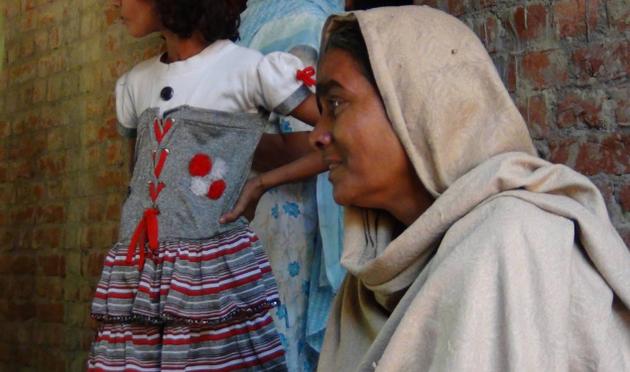
New Delhi, December 9: Uttar Pradesh has earned the dubious distinction of witnessing over 100 communal clashes this year that left 34 people dead.
The towns where incidents of such violence took place are Kosi Kalan in Mathura, Faizabad, Pratapgarh, Sitapur, Ghaziabad and Bareilly.
More than 450 people were also injured in these clashes which took place from January till October 31, Home Ministry officials said.
There were 84 incidents of communal clashes in the state in 2011 in which 12 people lost their lives.
The country witnessed 560 incidents of violence this year till October end, which claimed 89 lives, while in 2011, 580 clashes took place that left 91 people dead.
Uttar Pradesh was followed by Maharashtra where 83 incidents were reported so far this year in which 13 people were killed and 88 incidents in 2011 which claimed 15 lives.
Madhya Pradesh saw 78 incidents of communal violence so far this year in which 11 people were killed and in 2011, 81 incidents of communal clashes were reported that left 15 dead.
In Karnataka, there were 54 incidents of communal clashes in 2012 and 70 incidents in 2011 in which three and four people lost their lives respectively.
Rajasthan had witnessed 42 incidents of communal clashes in 2011 leading to death of 16 people while this year the state has witnessed 30 incidents of such violence and six dead.
There were 47 incidents of communal clashes in Gujarat in 2011, in which three persons lost their lives, and 50 incidents so far this year in which five were killed.
Andhra Pradesh saw 33 communal clashes in 2011 in which one died and so far this year, 45 clashes took place in which two were killed.
There were 30 incidents of communal clashes in Kerala in 2011, in which one died, and 46 incidents in this year in which one was killed.
Bihar witnessed 26 incidents with four deaths last year and 17 incidents this year in which three persons were killed.
Tamil Nadu saw 21 incidents of communal violence and two deaths in 2011 and 11 incidents with two deaths this year so far.
There were 15 incidents in West Bengal in 2011 in which three persons were killed, and 22 incidents in this year, in which eight persons were killed.





Comments
Add new comment